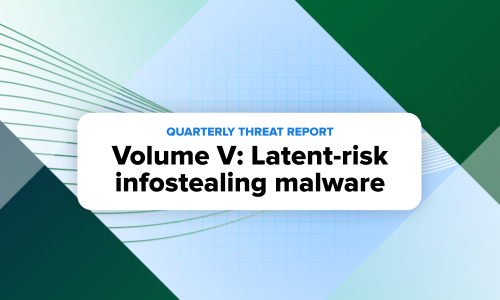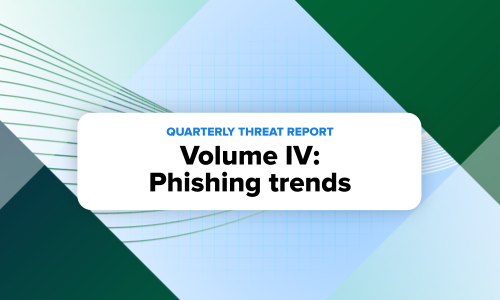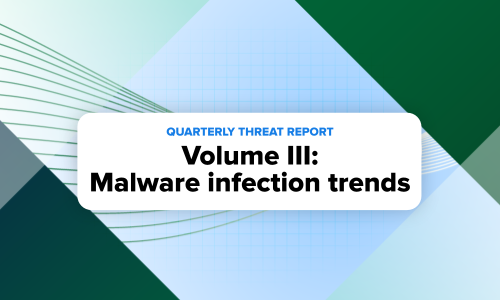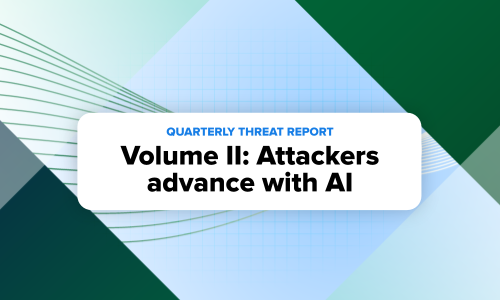Security operations · 1 MIN READ · DAN WHALEN · JAN 30, 2023 · TAGS: Cloud security
This article originally appeared on DarkReading.com and can be found here. It’s reprinted here with permission.
The first step toward securing Kubernetes environments is understanding the risks they pose and identifying the ways in which those risks can be mitigated.
A few short years ago, not many people had heard of the word “Kubernetes.” Today, the open source container tool is becoming increasingly ubiquitous, with a rapidly growing number of businesses using Kubernetes to facilitate a more streamlined and scalable application development process. But as its convenience and scalability lead to greater adoption, protecting Kubernetes environments has become a challenge. Security and IT leaders who want to keep their Kubernetes environments secure must be aware of the three primary classes of risk they face — and how to mitigate them.
Class 1: Accidental Misconfigurations
Thus far, accidental misconfigurations have been the most common form of Kubernetes risk — the one most security experts are likely to be familiar with. Misconfigurations can occur anytime a user does something that unintentionally introduces risk into the environment. That might mean adding a workload that grants unnecessary permissions or accidentally creating an opening for someone from the anonymous Internet to access the system. Kubernetes is still relatively new to many, which means it can be easy to make mistakes.
Fortunately, there are several ways to mitigate misconfigurations. Just about everything that happens in Kubernetes automatically produces an audit log, and security teams can monitor those logs for anomalous signs. Many businesses do this by sending the logs to a security information and event management (SIEM) platform, which can identify predetermined signs of misconfiguration. Additionally, tools (both paid and open source) are available that can be used to scan your Kubernetes environment for best practice violations. Once the problem is identified, an alert can be sent to the appropriate party and the problem triaged.
To continue reading the rest of this article, visit DarkReading.com.






